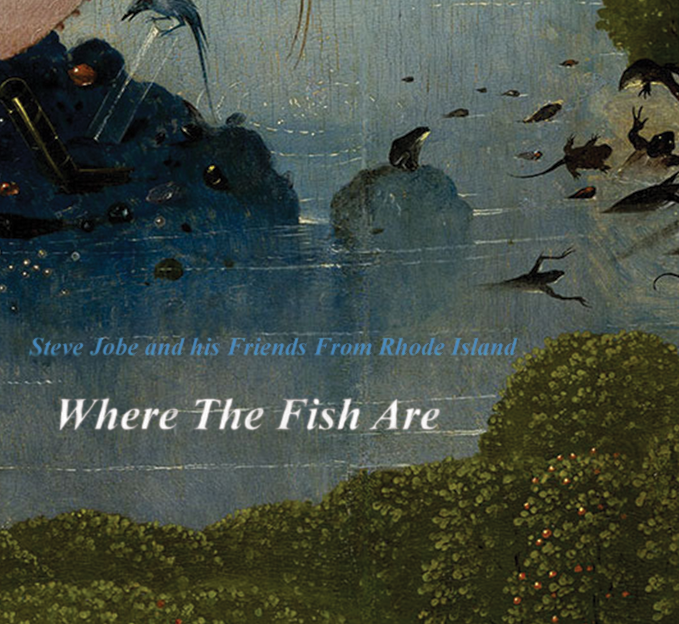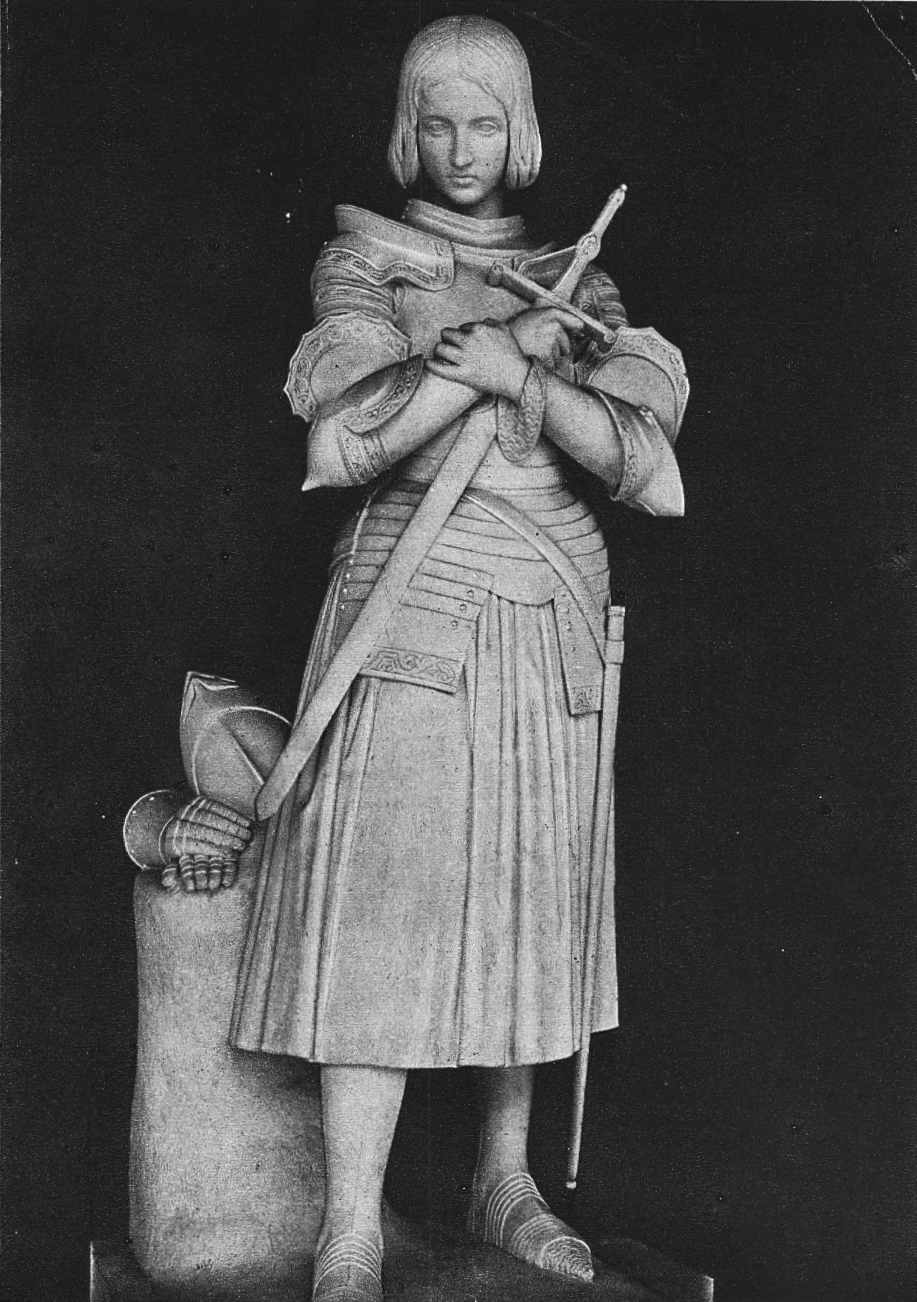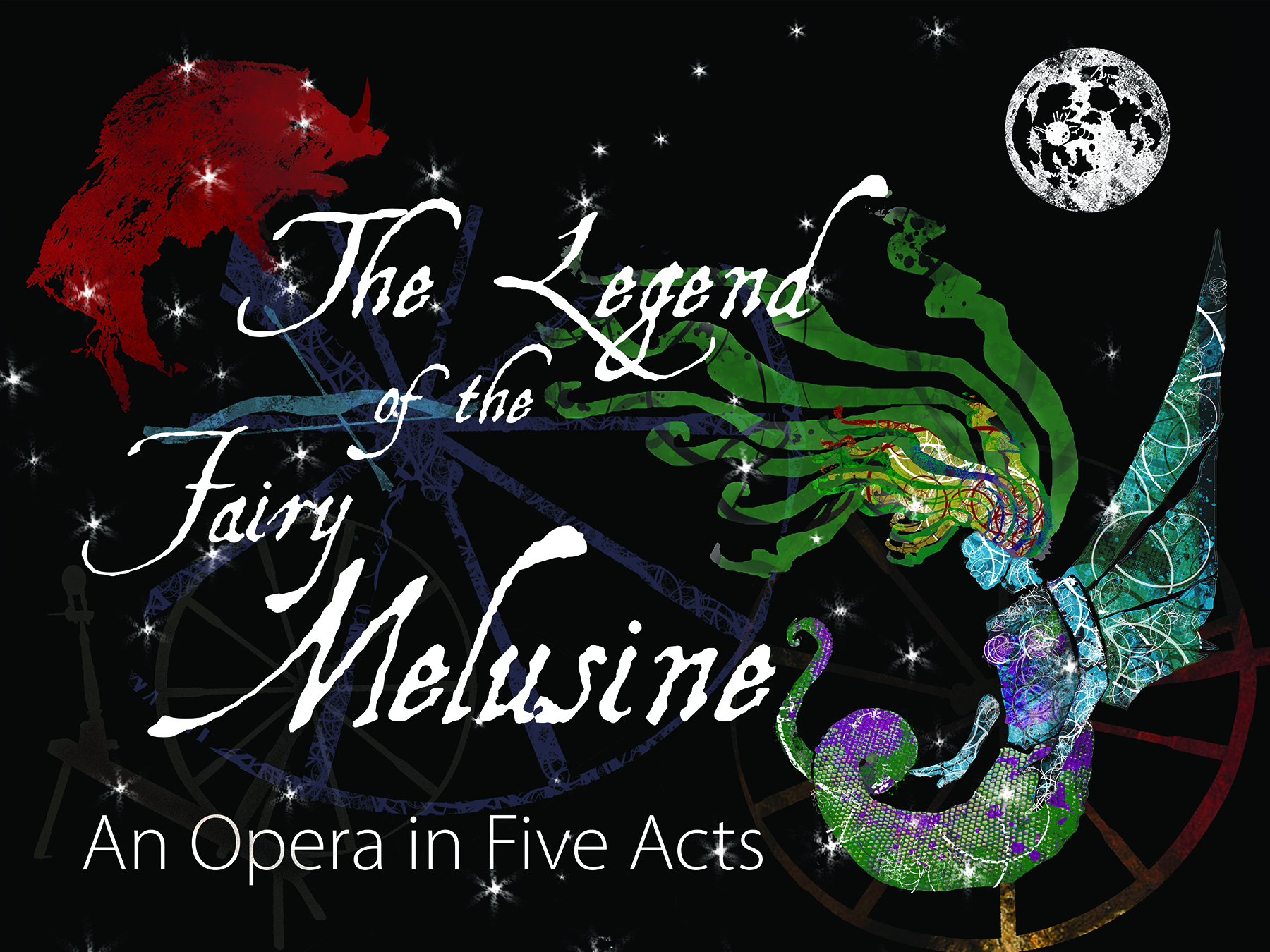Steven Lee Jobe
Tunesmith

Where the Fish Are now available on Bandcamp!

Where the Fish Are now available on Bandcamp!
Born in 1955 in Mt. Vernon Ohio, the same hometown as Daniel Decatur Emmett, the composer of the song, “Dixie.” I am honored to have this in common with Dan. I see him as a similar kind of composer, what we might call a tunesmith. If this is an accurate label I’m honored because, for me, there’s nothing in this world like a memorable and expressive melody.
As to my approach, once I’ve played myself into a mood or a mode with an instrument, with any luck I’m subject to inspiration. Some of these directives are clear right away, others take decades to decipher. Some are ambitious as to the amount of stylization, others are not. And of course, any flaws or gaps in the process are my own. That said, my goal is the old-fashioned
aesthetic bliss
…a sense of being somehow, somewhere connected with other states of being where art (curiosity, tenderness, kindness, ecstasy) is the norm.
—Vladimir Nabokov, “On a book entitled Lolita”
often referred to by Vladimir Nabokov. Otherwise, why bother?
I settled into RI for good in 1984 and began composing soon after. I have a respectable body of work: two operas, a couple of concertos both commissioned, a cantata that was commissioned, a string quartet that won an award in 2006.

"Where The Fish Are is a wonderful album! Profoundly unique and inspirational to my senses which happens very rarely. You have a gift for good melody and an essence of creative magic, again rare."
—Cliff Stapleton
composer and master of the hurdy-gurdy
Back in 2016 it occurred to me that I would make a record of the small-scale pieces I’ve written over the last fifteen or twenty years. Working with Joe Auger of QORQ Productions, we first recorded a total of twenty-three foundation tracks with violinist Laura Gulley and cellist Rob Bethel. As most of my textures are three-voiced, Laura competed this initial layer with viola on the middle line. From there, adding what seemed like countless overdubs we worked to complete the sound and clarify the intention of each tune. With the songs, for the most part the vocalists were there from the beginning, an integral part of creating the mood and tempo. An epic endeavor, the project was finally complete in early 2020.
Click for few notes for each track:

I’d been fascinated by Joan of Arc all my life, and when I read a book about her by Marina Warner in the late 80s (Joan of Arc/Images of Female Heroism), I was provided a strong point of departure: Joan’s visions. Knowing exactly what language will inspire the deepest and most consistent inspiration, I wrote a three-act libretto beginning in 1990 utilizing largely the fixed forms (but in English): rondeau, ballade and virelai. Working off and on for the next few years I completed the music in 1993. The first production was at Bell St. Chapel in Providence RI in May of 1993. Most all of my friends and colleagues showed up to help out, and it was one of the peak experiences of my life. You can hear audio samples from that and the subsequent productions (1997 and 2010) at www.joanofarcopera.com


I have also been inspired by the story of Melusine, a fairy who shape shifts once a week into half-woman, half-serpent. In 2007, I produced a show in Providence for the FirstWorks Festival entitled Music for Three Hurdy-Gurdies, featuring the traditional hurdy-gurdy, plus two large scale wheel-fiddle instruments I designed. It was at that point I realized I had sufficient materials to provide for a second opera, and I set about researching further into Melusine. It was during that phase I made the acquaintance of Dr. Matthew Morris, professor emeritus of French literature at Emory University in Georgia. Having read his modern English translation of the Jean d’Arras version of the Melusine legend, I contacted him and showed him the first act of the libretto. He was interested and supportive such that he attended one of the Melusine workshop productions in 2011. Sadly, he passed away before the concert production in 2014, though that performance was dedicated to him. Highlight clips from that production can be seen at www.melusineopera.com.
I made a list of all the melodies I’ve written that have a dance disposition and it adds up to twenty-six, starting in 1984 with a simple tune called Goat Dance all the way through to the present including melodies I’ve written even since the CD was complete. Some will be in a lead sheet format, some will be scores. The graphics and drawing will be something special, the debut of a young artist with a spectacular gift.